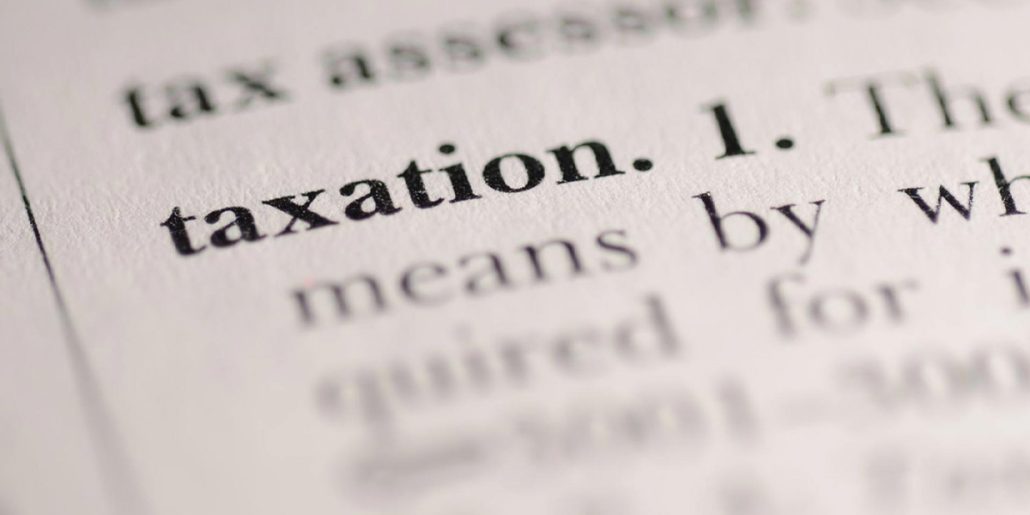
By Ayoub Mtafya, Partner at NexLaw Advocates
In Summary
Valuations of imported goods is a wide topic, but let us discuss the methods of valuation of customs goods to see if in all instances TRA is justified in increasing the value of goods.
One of the common and notorious complaints from importers of goods in Tanzania is the ‘increasing the value of goods’ by Tanzania Revenue Authority (TRA).
It is common for TRA to increase the value of imported goods so as to maximize tax collection from the imported goods because the higher the value of the imported goods the higher the tax revenue.
Obtaining the value of the imported goods has always been a challenge. The World Trade Organisation (WTO) came up with rules to solve the problem.
In their website they have written that “for importers, the process of estimating the value of a product at customs presents problems that can be just as serious as the actual duty rate charged.
The WTO agreement on customs valuation aims for a fair, uniform and neutral system for the valuation of goods for customs purposes — a system that conforms to commercial realities, and which outlaws the use of arbitrary or fictitious customs values”. In the quotation WTO has pointed out two challenges which are establishing the value of the product and the rate of duty.
Valuations of imported goods is a wide topic, but let us discuss the methods of valuation of customs goods to see if in all instances TRA is justified in increasing the value of goods.
Before going into details, it is important for the readers who are not familiar with customs laws to understand that basing taxes on imported goods any revenue authority must first establish the value of the imported goods if the taxes of such goods are based on the value (ad valorem) and secondly establish the applicable tax rate (duty rate or tariff).
The value of the goods is established by the valuation methods which is today’s topic. The rates are provided under the law which provides a description (classification) of goods and the rate of tax applicable to those goods.
It is up to the importer and the revenue authority to see under which classification the goods fall in as provided by the law. This classification is commonly referred to as Harmonized System Code (HS .Code.) The HS Code provides the classification of goods and the rate of tax of such goods.
The East African Community Customs Management Act, 2004 (EACCMA) provides for the methods of determining the value of the customs goods. Section 122 of EACCMA is clear that where imported goods are liable to import duty, the value of such goods shall be determined in accordance with the Fourth Schedule and import duty shall be paid on that value. The Fourth Schedule is almost a reproduction of the WTO Rules on customs valuation which are provided under the Agreement on Implementation of Article VII of The General Agreement on Tariffs and Trade, 1994.
There are six methods of valuation of customs goods, namely; Transaction Value, Transaction Value of Identical Goods, Transaction Value of Similar Goods, Deductive Value, Computed Value and Fall Back Value.
The six methods are arranged in such a way that one cannot just pick one method to determine the value of the imported goods, the law requires that one method be exhausted and thereafter the second method be applied.
In other words if the circumstances do not allow the use of the Transaction value method, which is the first method, then the second method of Transaction Value of Identical Goods can be applied.
Today let us discuss about the transaction value method.
Paragraph 2 of the 4th Schedule of EACCMA provides that “the customs value of imported goods shall be the transaction value, which is the price actually paid or payable for the goods when sold for export to the Partner state”.
The term partner state is being used under the law to refer to members of East African Community. In the wording of paragraph 2, to establish the value of the imported goods one has to look at the price of the goods imported. Apart from the price paid paragraph 9 of the same Schedule requires some of the costs to be added to the price, for example commissions and brokerage if they are not buying commissions and were not included in the price, the cost of transport to the port of importation, loading and off-loading charges associated with the transport of the goods, the cost of insurance and other items mentioned in the law.
The fact that the buyer and the seller are related is not in itself a ground for regarding the transaction value as unacceptable. However, the importer has to demonstrate that such price closely approximates to the transaction value in sales to unrelated buyers of identical or goods. From the above brief explanations on the transaction value method, it is clear that there are some rules which are supposed to be followed before TRA increases the value of the imported goods.
In other words, there has to be a reason as to why TRA is increasing the value other than the price shown on the invoice or receipt of the goods instead of just jumping to the so called data base of prices which TRA has on a number of similar or identical goods. By the provisions of section 122 (2) of EACCMA, the importer is entitled to an explanation as to how the customs value of the importer’s goods was determined. The importer can request for such an explanation in writing.
This Article first appeared in The Citizen Newspaper of July 27, 2014


